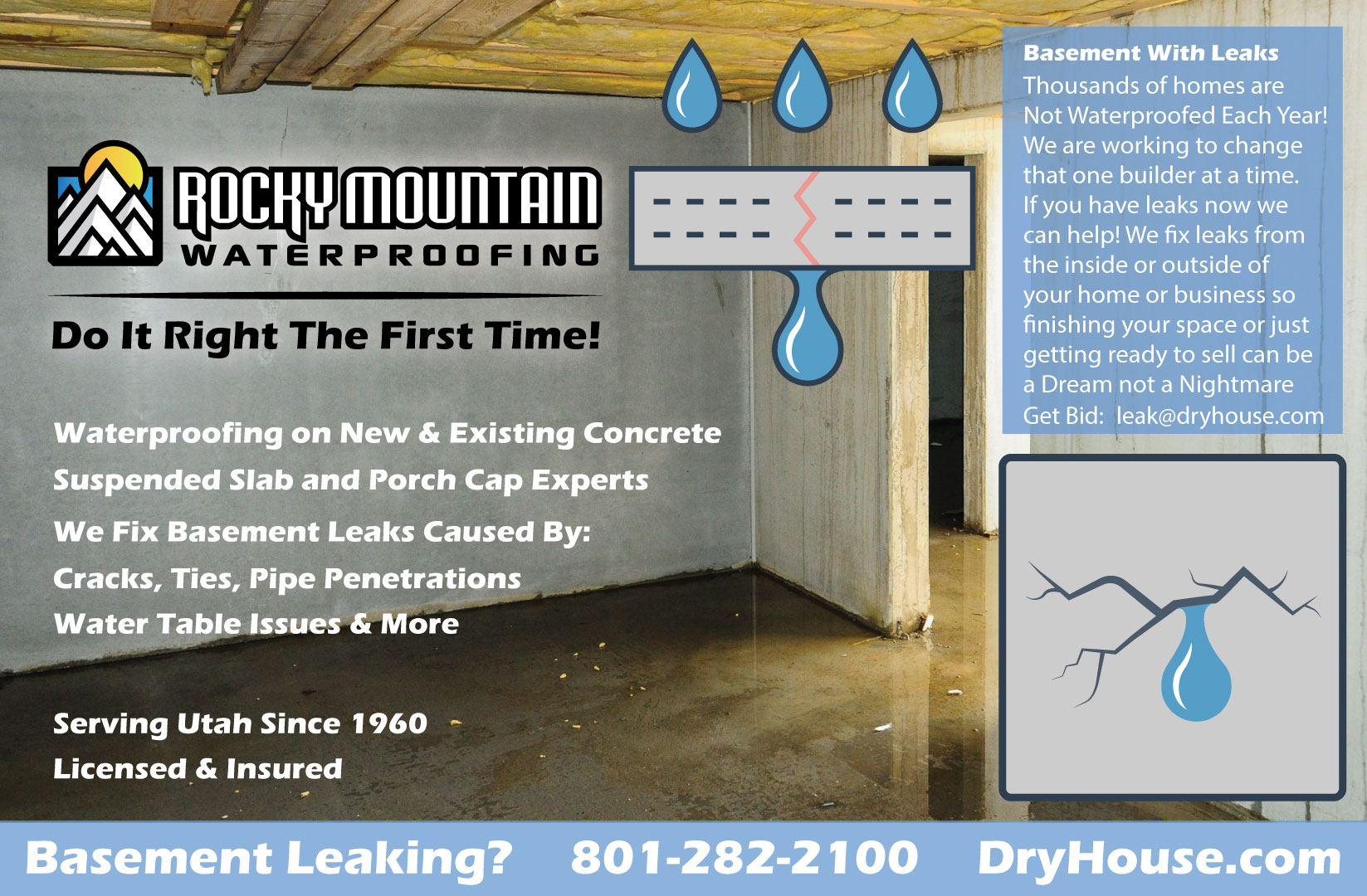
Many homes leak, in fact, 85% of most common issues with buildings come from water intrusion. Here are a few of the most common leaks we have identified over the years to better help you diagnose what is happening with your project and how to get it back on track.
- Cracks under windows
- Honeycomb in concrete
- Foundation Ties
- Floor Joint leak
- Pipe Pentrations
- Improper flashing
- Structural Cracks
Cracks under Windows
These form due to the added stress of the building where a window opening has been formed, or saw cut into a basement. But you need not settle and think fixing from the outside is your only choice. Being the most common leak area, urethane injection from inside can save on cost and time it takes to return back to original state. Click on the link to see more about urethane injection and how it can help you.

Honeycomb in concrete
Not all concrete can be poured perfectly, and sometimes it is missed during damp proofing/waterproofing applications. Honeycomb can act like a pathway directly into your wall and allow water to enter. It can be fixed from the inside with urethane injection and will be permanently sealed so long as treated completely. See why honeycomb occurs and see if we can help stop your leak.
Foundation Ties
In order to form concrete, form ties are placed to hold wood or metal forms while concrete is poured into the channels and cured. The forms are then removed but the ties remain since they are poured into the concrete wall. Typically these ties are broken and patched on the exterior of the structure, but they can still be a point of water entry if not treated properly. Clink on the link to find out more about form ties and how to best seal against water for your project.
Footing Joint Leak
When water enters the ground, it may become trapped within the layers of soil and create a water table. This water (by the force of gravity) tries to find the path of least resistance to a lower surface. Water, if not properly managed around or under the building can demonstrate itself at the floor to wall joint. Even though this joint is not a leak covered by vertical waterproofing, it can be treated and the interior space can be finished with confidence. Read more on the following link
Pipe Penetrations
Ever structure requires at least one penetration for the water main line to give access for the owner for shutoff. If not treated properly, this is the second most common leak below grade and will destroy finishes in surrounding areas quickly due to its larger opening size (in comparison to other leak entry points) and the fact that it is the point at which water enters the home (culinary water). Read more to find out if this is a leak we can fix with this link.
Improper Flashing
Flashing, whether of metal or other water resistant material, is very effective in shedding water away from the building. But if installed improperly, it can actually route water toward the structure and cause issues to the framing or interior finishes. A standard rule of thumb is to start low and end high, to allow for a "shingling" or overlapping effect to keep water from entering between transitions of products. Read more on the following link to see where this may occur and how to protect against common mistakes.
Structural Cracks
One of the least common, but most critical problems that a building can have. Structural cracks form from extreme stress, or at times impact from machinery such as a backhoe hitting the wall while backfilling the basement. An engineer can diagnose if a crack is structural, but commonly they are over 1/4" wide and run the entire height or width of the wall depending on what is causing the failure and the stress from the building above on that wall. To learn more on how this can be fixed, click on this link to our manufacturer's website